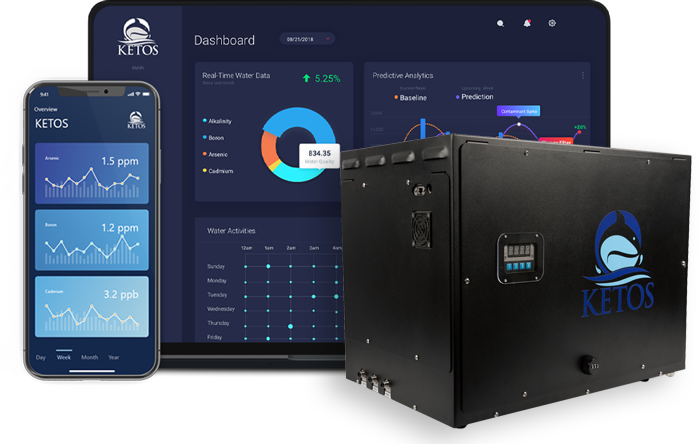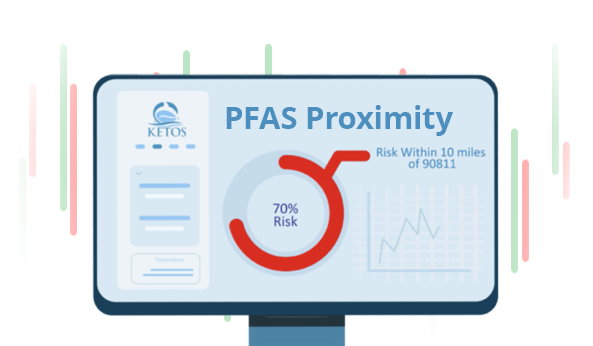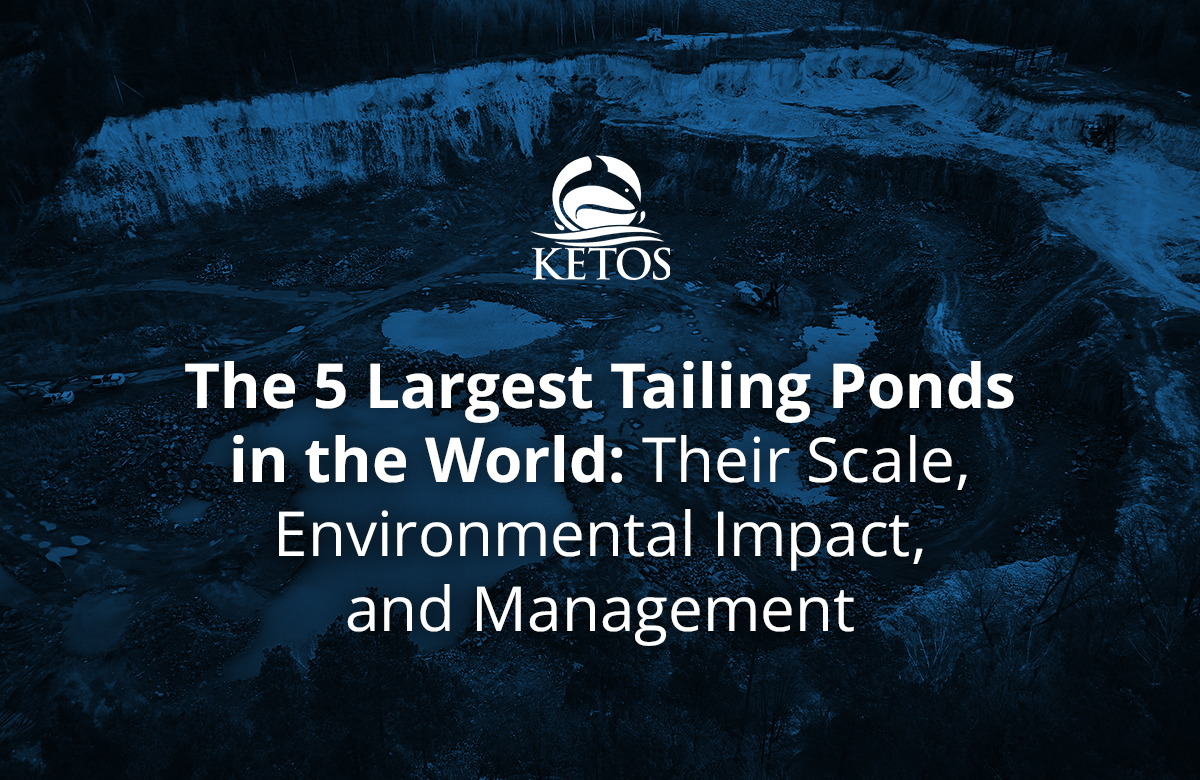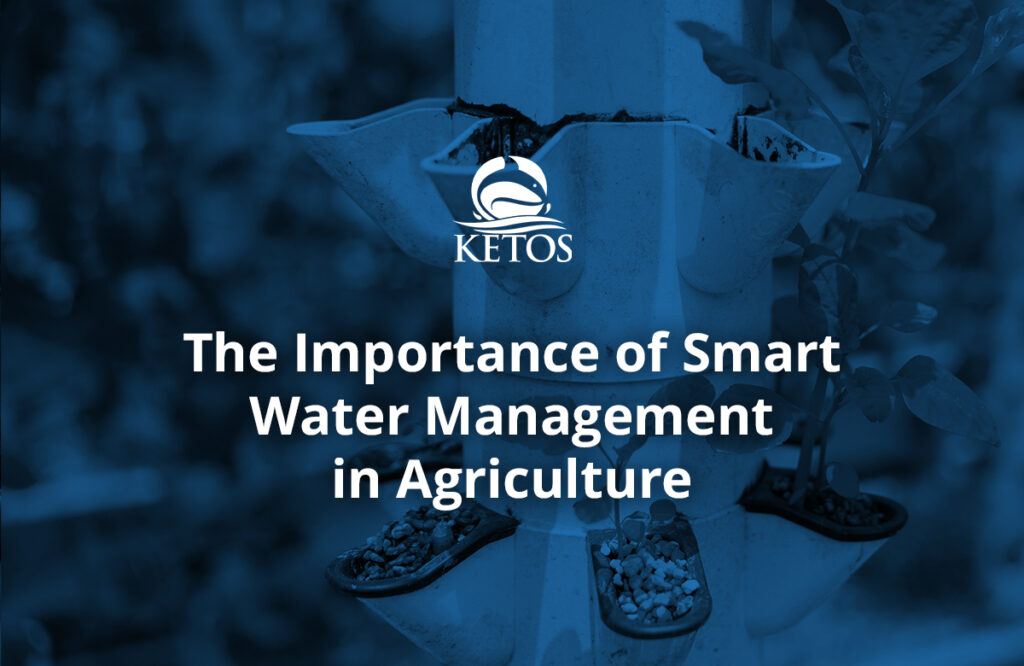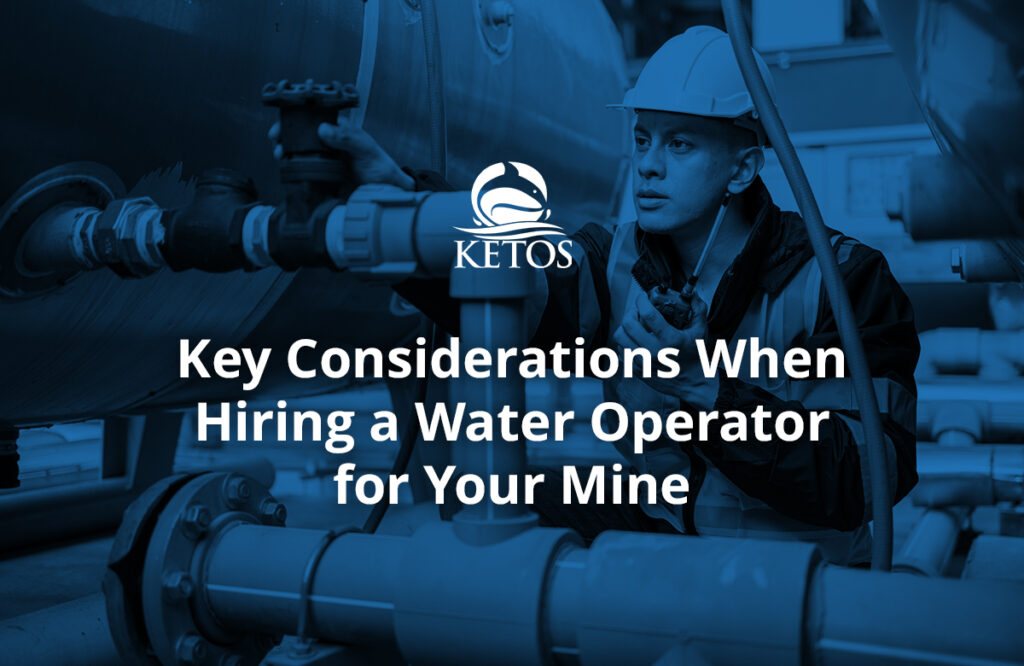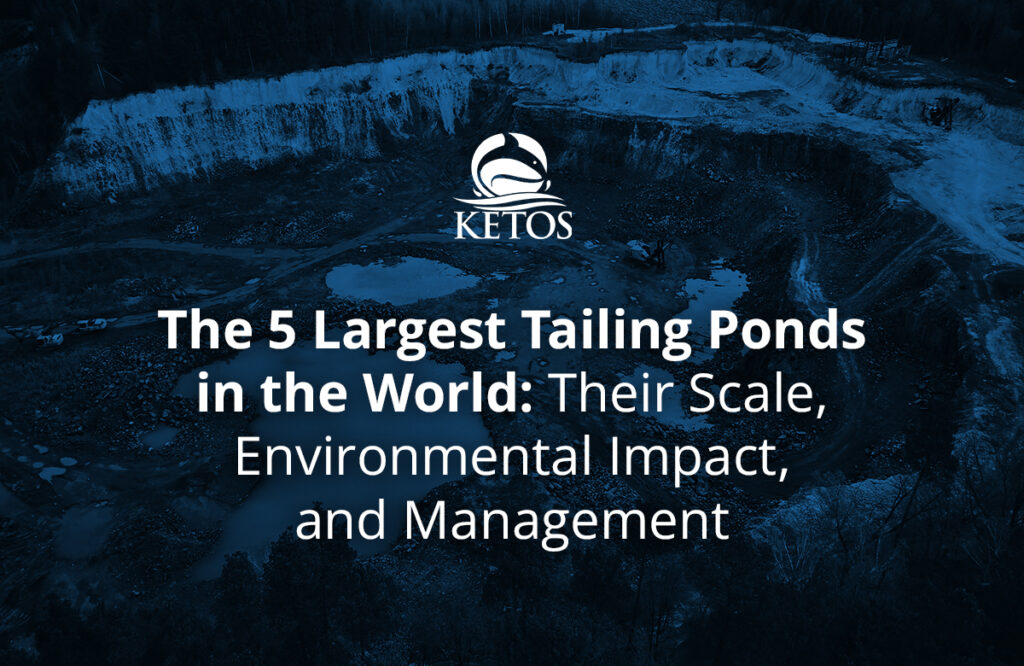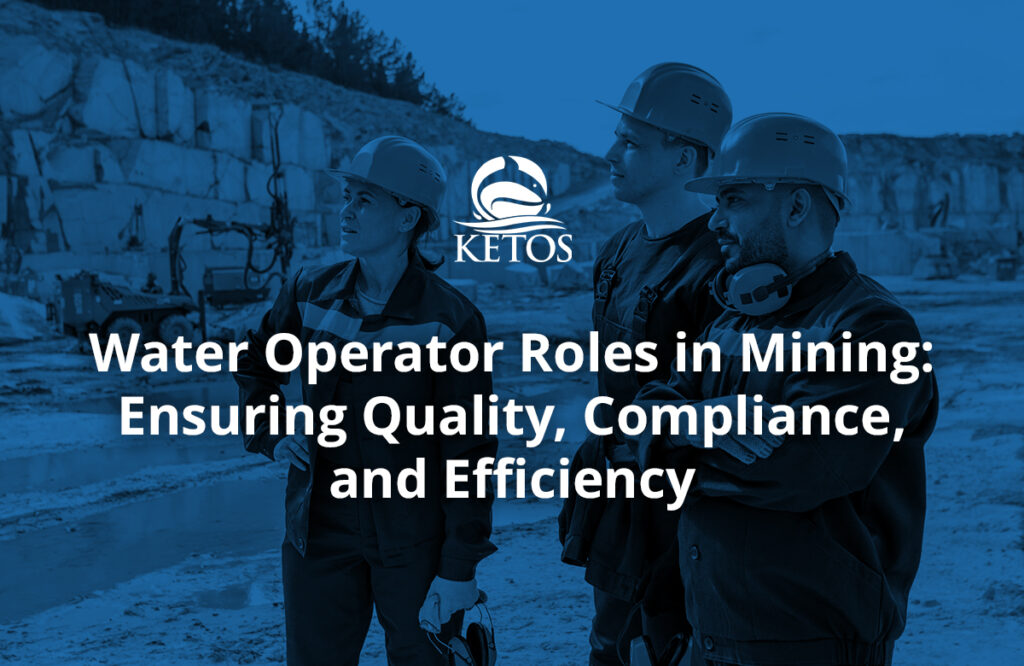Tailing ponds represent some of the most significant human-engineered water containment systems worldwide, serving critical roles in the mining industry’s operational structure. These enormous storage facilities hold the residue left after the extraction of minerals. They are a central element of water management strategies within global mining operations, yet they also pose significant environmental challenges.
The following exploration highlights five of the most extensive tailing ponds found around the globe, examining their size, ecological impact, and the innovative management practices utilized to mitigate associated risks.
What are Tailing Ponds?
Tailing ponds are engineered structures created to hold waste by-products from mining operations. They contain the water, residual minerals, heavy metals, and chemicals used in mineral extraction processes. Effective management of these ponds is critical for operational safety and environmental protection.
The Scale of the Largest Tailing Ponds Worldwide
The scale of these structures is immense, frequently covering hundreds to thousands of acres. Here are five of the world’s largest tailing ponds known for their enormous sizes and significant storage capacities:
1. Syncrude Mildred Lake Tailing Pond, Canada
The Syncrude Mildred Lake Tailing Pond in Alberta, Canada, covers approximately 6,500 acres. This pond, created by oil sands mining, is among the largest engineered dams by volume globally. It serves a critical function in holding by-products from the extraction of bitumen, requiring sophisticated management strategies to mitigate potential environmental impacts.
2. Samarco Tailings Dam, Brazil
Located in Minas Gerais, Brazil, the Samarco tailings dam covers more than 1,500 acres. The dam is notorious due to a catastrophic failure in 2015, causing widespread environmental damage and highlighting the importance of robust monitoring and proactive management.
3. New Cornelia Tailings Pond, USA
Arizona’s New Cornelia Tailing Pond, created from copper extraction, spans approximately 1,200 acres. This structure is critical for the U.S. mining sector, playing a significant role in water recycling and management strategies within industrial mining operations.
4. Olympic Dam Tailings Storage Facility, Australia
Olympic Dam, located in South Australia, encompasses about 1,000 acres and contains tailings from copper, uranium, gold, and silver mining. Given its multi-mineral composition, the environmental management requirements are extensive and closely regulated.
5. Ok Tedi Tailings Pond, Papua New Guinea
The Ok Tedi tailings pond has historically been one of the largest tailing facilities in the world, covering extensive areas along the Ok Tedi River Basin in Papua New Guinea. The pond’s operations are scheduled to cease in 2042; however, its size underscores the potential ecological footprint of large-scale tailings storage within the mining industry.
Environmental Impacts of Large-Scale Tailing Ponds
Large-scale tailing ponds, due to their extensive size and contents, pose substantial environmental challenges. These engineered structures store hazardous materials, which, if not properly managed, can lead to significant ecological and health consequences. Common impacts include:
- Water Contamination: Leakage of harmful substances such as heavy metals, chemicals, and other pollutants can adversely impact nearby water bodies, affecting local ecosystems and communities.
- Habitat Destruction: Construction and expansion of tailing ponds often lead to significant loss of wildlife habitat, impacting biodiversity and ecological balance in surrounding areas.
- Air Pollution: Dried tailings particles can become airborne, causing respiratory issues and reducing air quality in adjacent communities.
- Structural Failures: Dam failures, although rare, can cause catastrophic environmental disasters, as evidenced by incidents like the Samarco Dam collapse.
Management and Mitigation Strategies for Tailing Ponds
Addressing environmental risks associated with large-scale tailing ponds requires proactive and effective management strategies. Successful mitigation combines modern technological solutions, careful monitoring, and ecological restoration to protect ecosystems and maintain operational integrity. Key management approaches include:
Water Recycling and Management
Advanced water recycling techniques help manage wastewater within ponds, reducing environmental exposure and conserving local water resources. Recycled water minimizes the release of contaminants into natural water bodies.
Advanced Monitoring Systems
Real-time water quality monitoring systems track potential leakage or contamination issues promptly. Technologies such as remote sensing, IoT-enabled monitoring, and predictive analytics allow early detection and prevention of environmental incidents.
Tailings Dewatering
Reducing water content through tailings dewatering enhances the stability of tailing ponds, decreasing risks associated with structural failures. Dry stacking methods further minimize environmental risks by significantly reducing the volume of stored liquid waste.
Ecological Restoration
Post-closure reclamation and rehabilitation strategies help restore ecosystems impacted by tailing pond operations. This includes soil stabilization, revegetation, and creating habitats to encourage biodiversity recovery.
KETOS Provides Innovative Water Quality Monitoring Solutions for Mining Operations
Effective water quality management in global mining operations demands precise, dependable, and innovative solutions. The KETOS Smart Water Intelligence Platform is specifically designed to automate and enhance water monitoring processes for industrial-scale mining. KETOS effectively addresses critical water management challenges associated with tailing ponds by offering comprehensive real-time water quality insights and predictive capabilities.
Key benefits of the KETOS solution include:
- Automated real-time monitoring: Tracks over 30 key water quality parameters including heavy metals and dissolved solids.
- Predictive analytics: Detects potential water issues early using advanced machine learning.
- $0 CAPEX model: Annual fee covers unlimited testing, analytics, and maintenance without upfront costs.
- Comprehensive integration: Easily connects with SCADA, IoT systems, and customized reporting tools.
- EPA-compliant: Ensures regulatory compliance through automated alerts and reporting.
KETOS redefines water quality management practices, empowering mining operations to maintain sustainable, safe, and efficient tailings management. Contact us today to schedule a demo and see KETOS in action.
